11 Bathroom Mistakes Interior Designers Always Notice in Poorly Planned Spaces
According to designers, these bathroom faux pas are unforgiveable — here's how to avoid them in your home
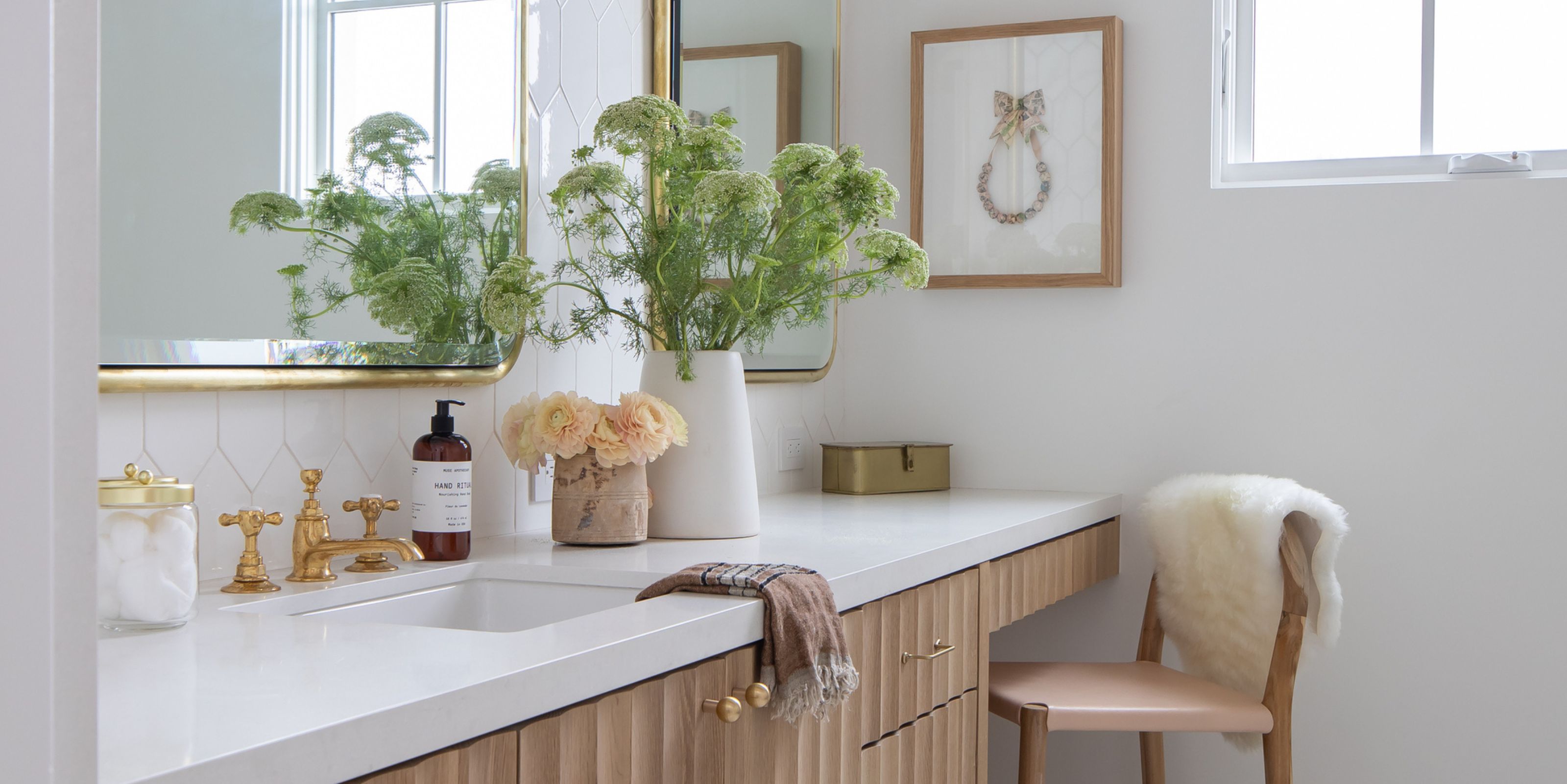
- 1. Bad Tiling
- 2. Inadequate Lighting
- 3. Unsealed Wood
- 4. Forgetting to Accessorize
- 5. Mixing Too Many Different Finishes
- 6. Using The Same Tile All Over
- 7. Not Planning the Layout Carefully
- 8. Having Too Much Clutter
- 9. Forgetting About Storage
- 10. An Over-Reliance On Trends
- 11. Not Investing Wisely

Bathrooms have got to be one of the most difficult spaces in the home to design. There's the very delicate line between form and function to tiptoe, but also the pressure that any mistakes you make will likely end up incredibly costly and difficult to fix — especially when important plumbing and electric decisions are required so early on in the process.
For professional interior designers, there are plenty of bathroom mistakes they see homeowners making all too often, and to them, they're glaringly obvious and utterly unforgivable. "Pay attention to detail," warns interior designer Rayman Boozer, principal designer of New York-based studio, Apartment 48.
To help you avoid making these common bathroom mistakes when coming up with your own modern bathroom ideas, we spoke to bathroom and design experts, who shared these 11 unfortunate faux pas you absolutely want to avoid.
1. Bad Tiling

Awkwardly cut bathroom tiles, unsightly grout lines, and badly picked color schemes are all big pet peeves for designers. "One glaring mistake that often catches the eye in bathrooms is poorly laid-out floor tiles," says Rayman Boozer of Apartment 48. "Starting on the wrong side of the room can result in tiles being awkwardly cut short at the tub or vanity, disrupting the flow."
Make sure your tiles are uniform in size too. "Bathroom niches that have slivers of tiles instead of full tiles are a bathroom bugbear for me," adds Casey Keasler, founder and design director of interior firm, Casework.
When it comes to tiling, it's also important to think about the color of the tile too, and to pick colors that won't dirty easily. "Black and white tiles are a mistake," says Casey. "People think they are easy to clean — but they tend to look the dirtiest the quickest."
Finally, don't overlook finding the best grout color for your bathroom. Bright white grout is prone to getting grubby, quickly. "The wrong shade of bathroom grout can undermine your bathroom's overall look and feel," says Rayman. Instead, neutral grouts are a safe bet, or you could opt for a dark grout to create a striking contrast in your space.
The Livingetc newsletters are your inside source for what’s shaping interiors now - and what’s next. Discover trend forecasts, smart style ideas, and curated shopping inspiration that brings design to life. Subscribe today and stay ahead of the curve.
2. Inadequate Lighting
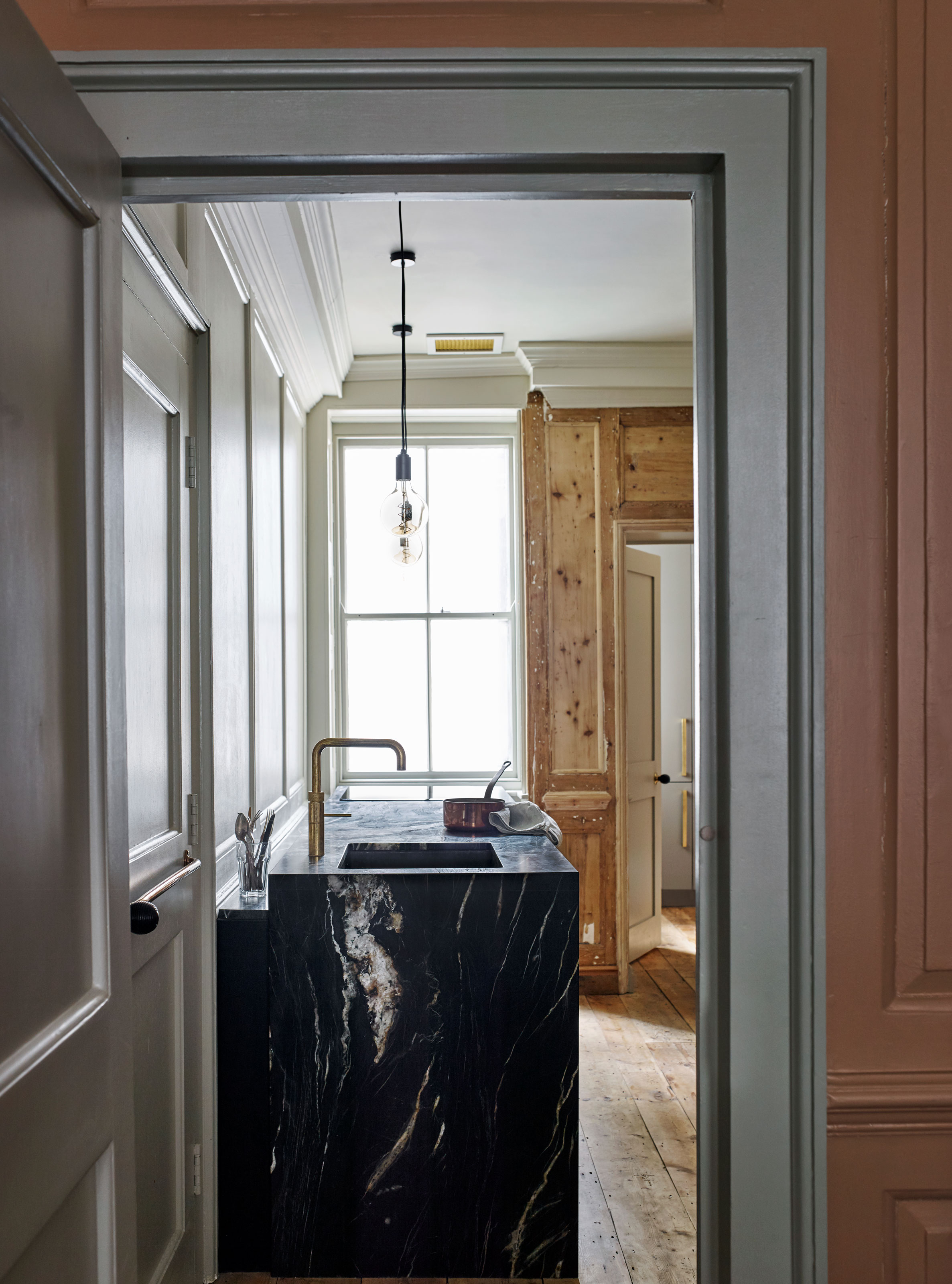
Just like in any other room in the home, bathroom lighting mistakes can end up being incredibly costly and detrimental to your design. "Lighting in the bathroom needs to be both functional for everyday use, and also able to set the mood for a relaxing experience," says Meredith Nettleton of Australian-based interior design, studio mkn.
To do that, you need to layer your lighting. That might look like pairing overhead recessed lights and wall sconces on either side of your mirror, to provide a softer glow. You also need to consider the height of your lights, too — overhead lighting tends to be the least flattering, so you'll want to provide an alternative light source for around the mirror.
You'll also want to think about the design of your lighting, and pick pieces that pair well with your other bathroom ideas, including hardware and finishes. "If using a decorative lighting piece, you want to consider what the light looks like both on and off," adds Meredith.
And then there is the temperature of your lights. "I often notice when bathroom lighting is the wrong color temperature," says Adam Lawler of boutique studio, Ment Architecture LLC. "We usually set our lighting at 2700 kelvin, which is warm without being too orange."
3. Unsealed Wood
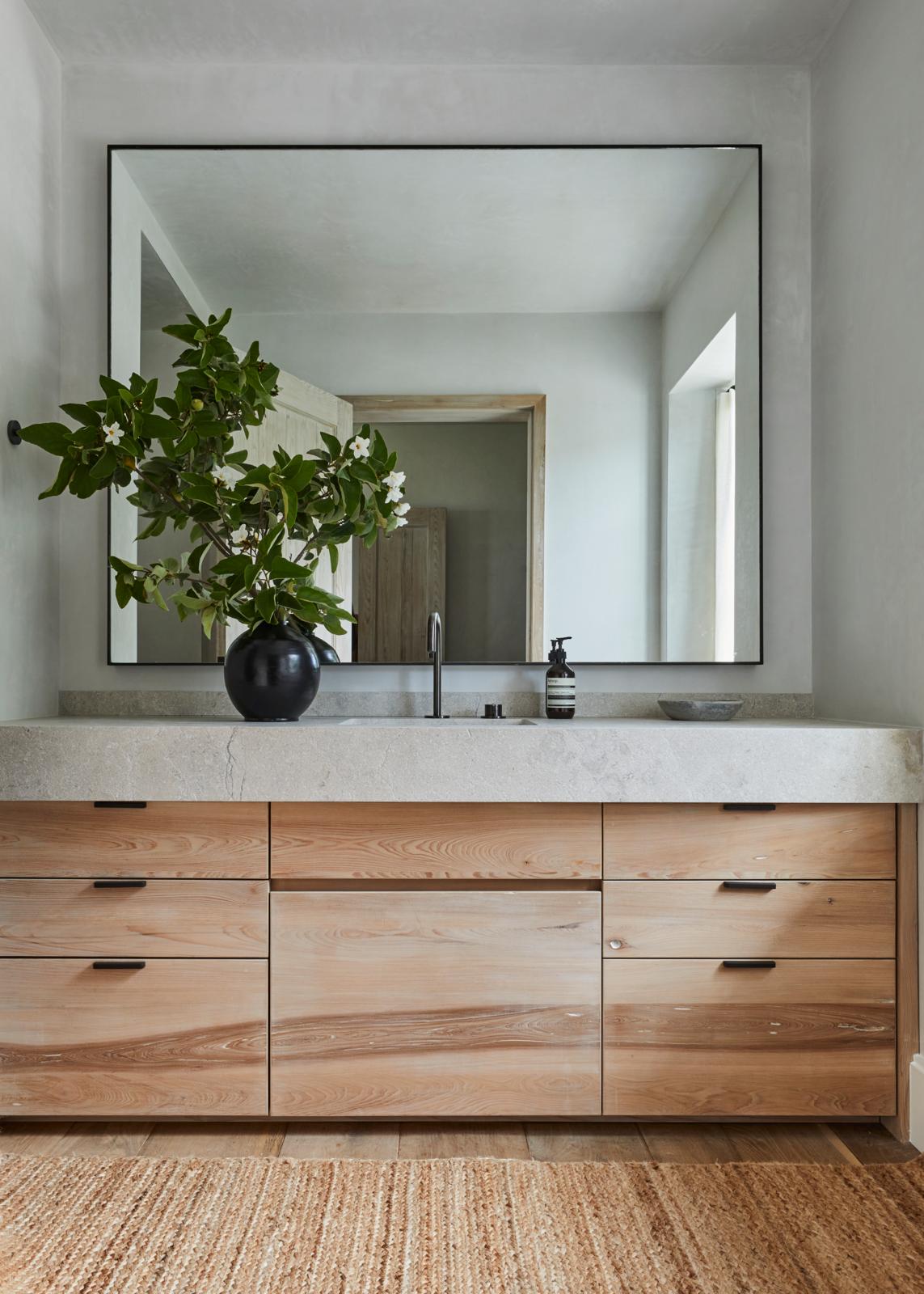
While the natural grain of hardwood adds the feeling of instant warmth to a space, opting for a wood bathrooms should be done with careful consideration. Failing to properly treat and seal your wood can mean moisture and dampness end up rotting the material.
That doesn't mean you can't use wood in bathrooms, though, but ensure you properly finish it with oils, waxes, and varnishes. It's also best to regularly wipe down any excess moisture sitting on the surface — particularly if your design includes a sunken basin in a wood countertop.
What's more, fluctuating temperatures mean timber floorboards in bathrooms can warp, which can be a costly issue to rectify. Rather than hardwood, opt for engineered timber instead, which is less susceptible to warping and staining.
4. Forgetting to Accessorize
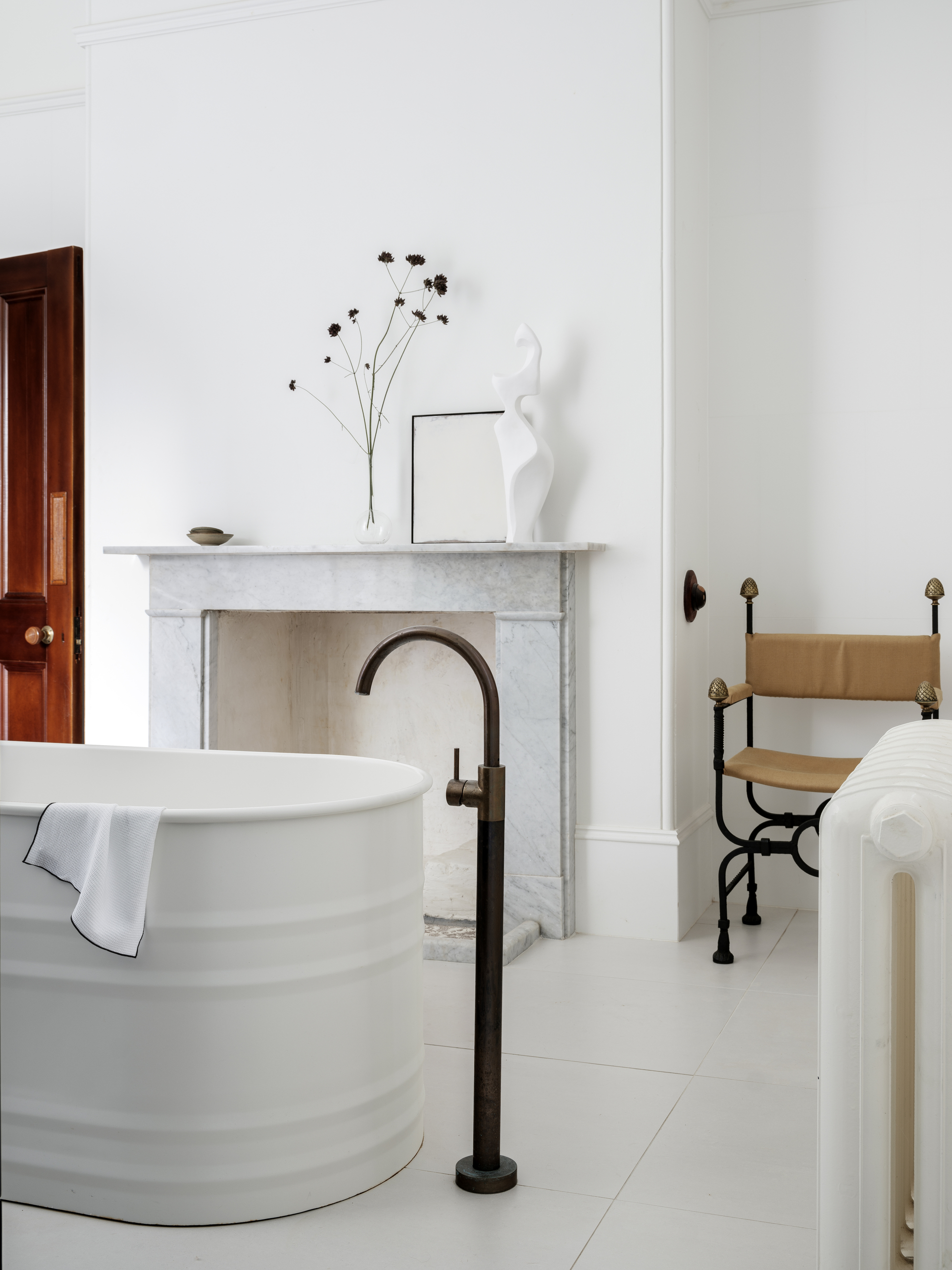
Modern bathroom trends like to incorporate accessories and decor in the bathroom. Without the right accessories, the space can feel stark and clinical. Just because this is a functional room, doesn't mean you can have fun with it.
Things like bathroom baskets on your countertop, a beautiful tray holding a candle or soap, and a small plant can give your bathroom a hotel-like style. What's more, if you pick one of the best plants for bathrooms, they can actually help regulate moisture levels and air quality.
5. Mixing Too Many Different Finishes
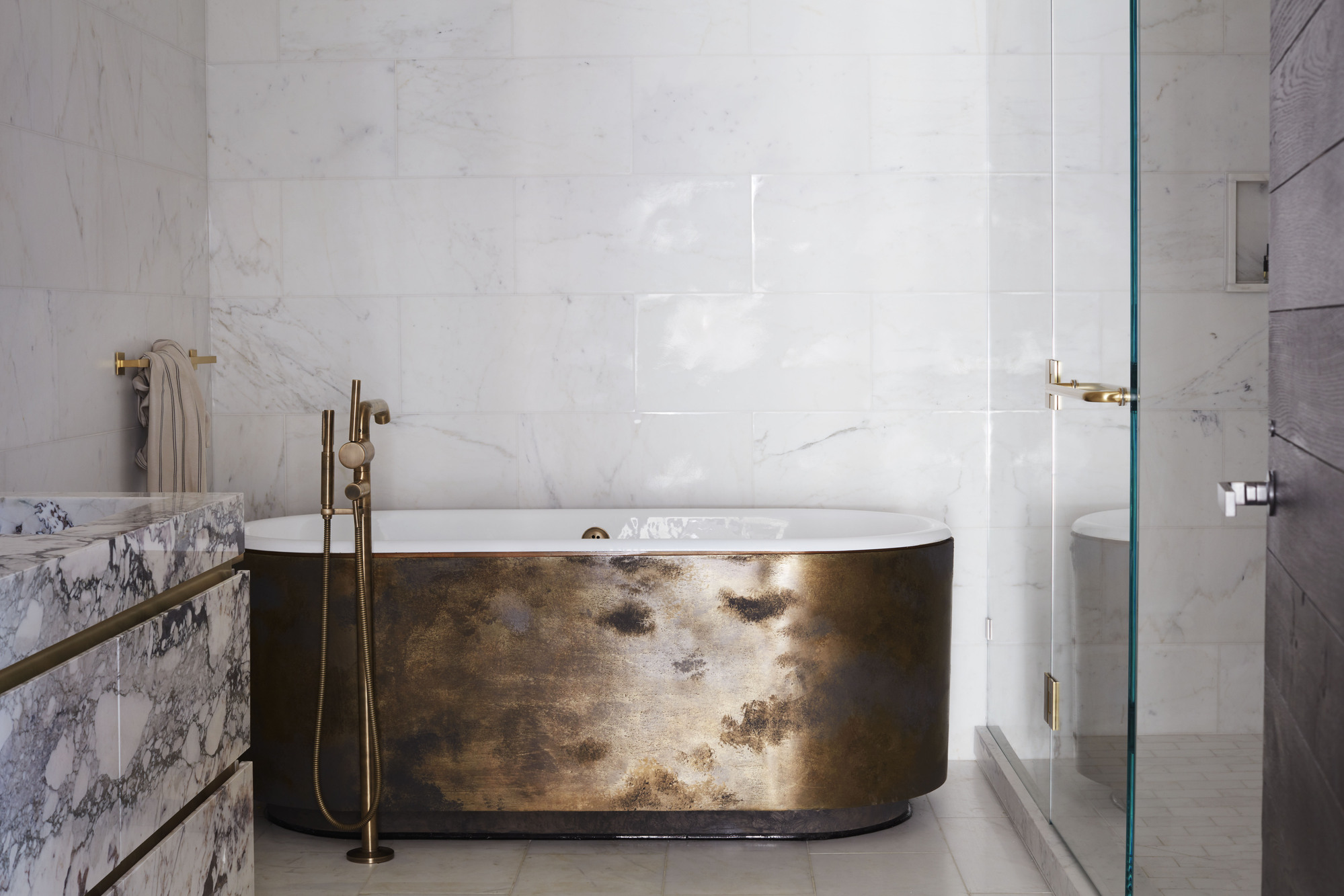
Combining a range of different finishes can give your bathroom a more design-forward, multi-dimensional look, but sometimes, and particularly in small bathrooms, too many competing finishes can overwhelm the space.
Bathroom finishes that clash is a common faux pas, says Rayman. "For example, mixing chrome with polished nickel can create a visual discord that's best kept at bay."
Irene Gunter, founder and principal at Gunter & Co agrees, adding that it's best to use similar, or even the same, treatments throughout the room to maintain a sense of cohesiveness. "This is particularly important for smaller bathrooms, where you should avoid using too many different finishes due to it size, as this can make it appear overcrowded. A consistent finish will unify the space."
6. Using The Same Tile All Over
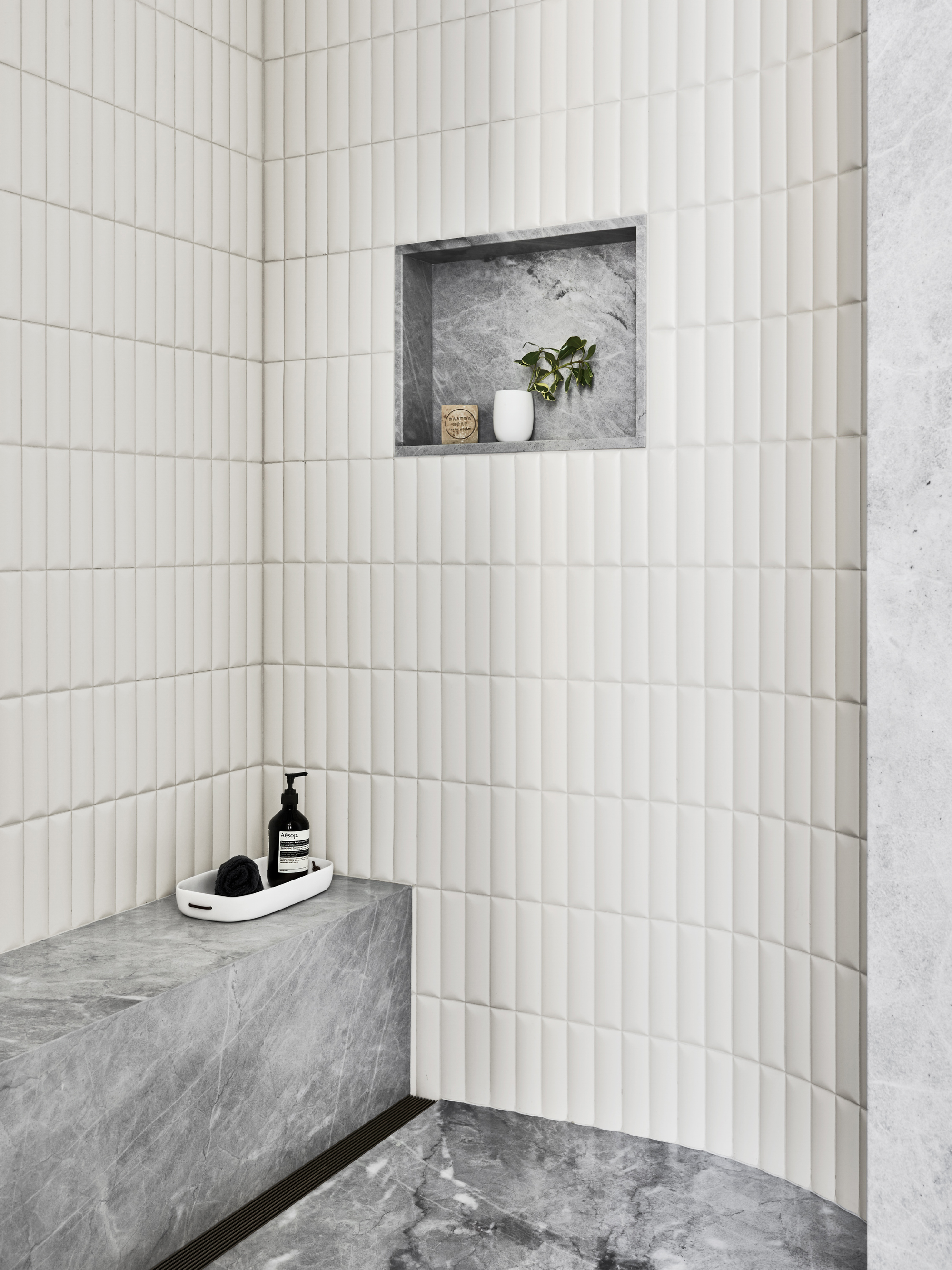
But that's not to say you shouldn't try to mix and match complementary tiles and finishes. In fact, using the same tile across your floors and walls can actually end up making the room feel flat and one-dimensional. Mixing different finishes — whether different tones, patterns, or textures — is a key way to add interest to the space.
Even something as simple as lining a small bathroom niche with different tiles or a stone finish will give the space a more design-forward edge. Just consider the size of your space before you start picking finishes, and try to find surfaces that will complement rather than contrast with one another.
7. Not Planning the Layout Carefully
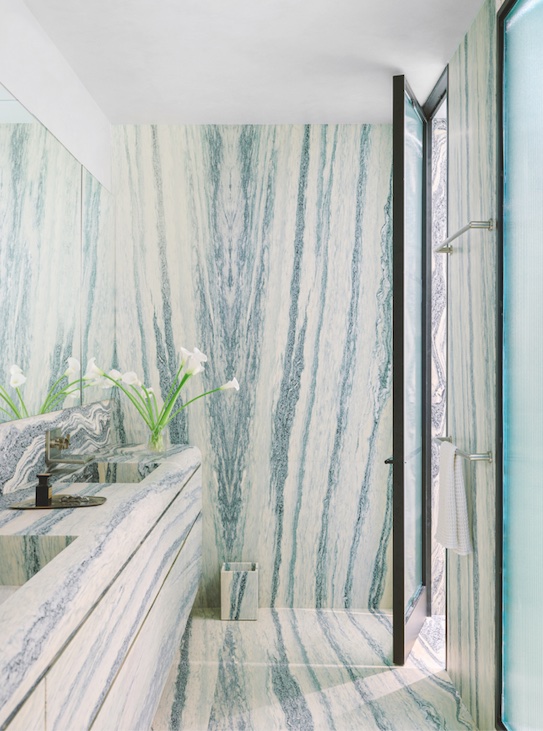
Bathroom layout mistakes are perhaps the most costly and most common predicament people find themselves in following a renovation. Yes, planning your bathroom layout ideas might not be as fun as choosing fittings and fixtures, but if you don't take the time to carefully consider how you are going to configure your space, you risk making a mistake that you'll regret every single day.
Take measurements and be realistic, especially when coming up with layout ideas for awkward bathrooms. While we all want a luxuriously large shower, is it really the best use of your space? Do you actually need two sinks?
8. Having Too Much Clutter

It's a functional space after all, so accumulating 'things' is going to be inevitable. And while there are certain items to avoid on bathroom countertops, for the rest, it's all about knowing how to organize a bathroom and maximize your storage.
"No matter how neatly you line up your toiletries, they always find a way to look a bit cluttered when left out in the open on the countertop," says interior designer Alexandra Coxon of My Habitat Design. "I love to build-in drawers, preferably smaller sizes to organize everyday items for easy access."
Keep clutter to a minimum with uniform decanters, keep bathroom necessities neat and tidy, and regularly declutter when possible. "Organize drawers using clear containers," adds interior designer Lauren Sullivan of Well x Design. "Some of my favorites come from The Container Store and are available in multiple sizes to fit various items."
9. Forgetting About Storage

If you simply can't keep clutter under control, it likely means you don't have adequate bathroom storage. "Not providing enough storage or thoughtful storage is a bathroom mistake I always notice," says Casey. "We all have bathroom products and they usually need to be accessed daily."
If you take the time to plan your bathroom storage from the outset, everything else will fall into place. It could be open shelving, ceiling-high cabinets, or a simple mirror-fronted wall-hung cabinet (like this one from Wayfair).
Just make sure you get the size right for your space. "Medicine cabinets that are too small on expansive walls can look disproportionate and diminish functionality," warns Rayman of this common bathroom mistake.
You also need to consider the height of your storage, in relation to the people who will be using the space. "Bathroom vanities that are too high or two low are another bathroom mistake I see a lot," says Casey. "There is a sweet spot, especially for a small room."
10. An Over-Reliance On Trends
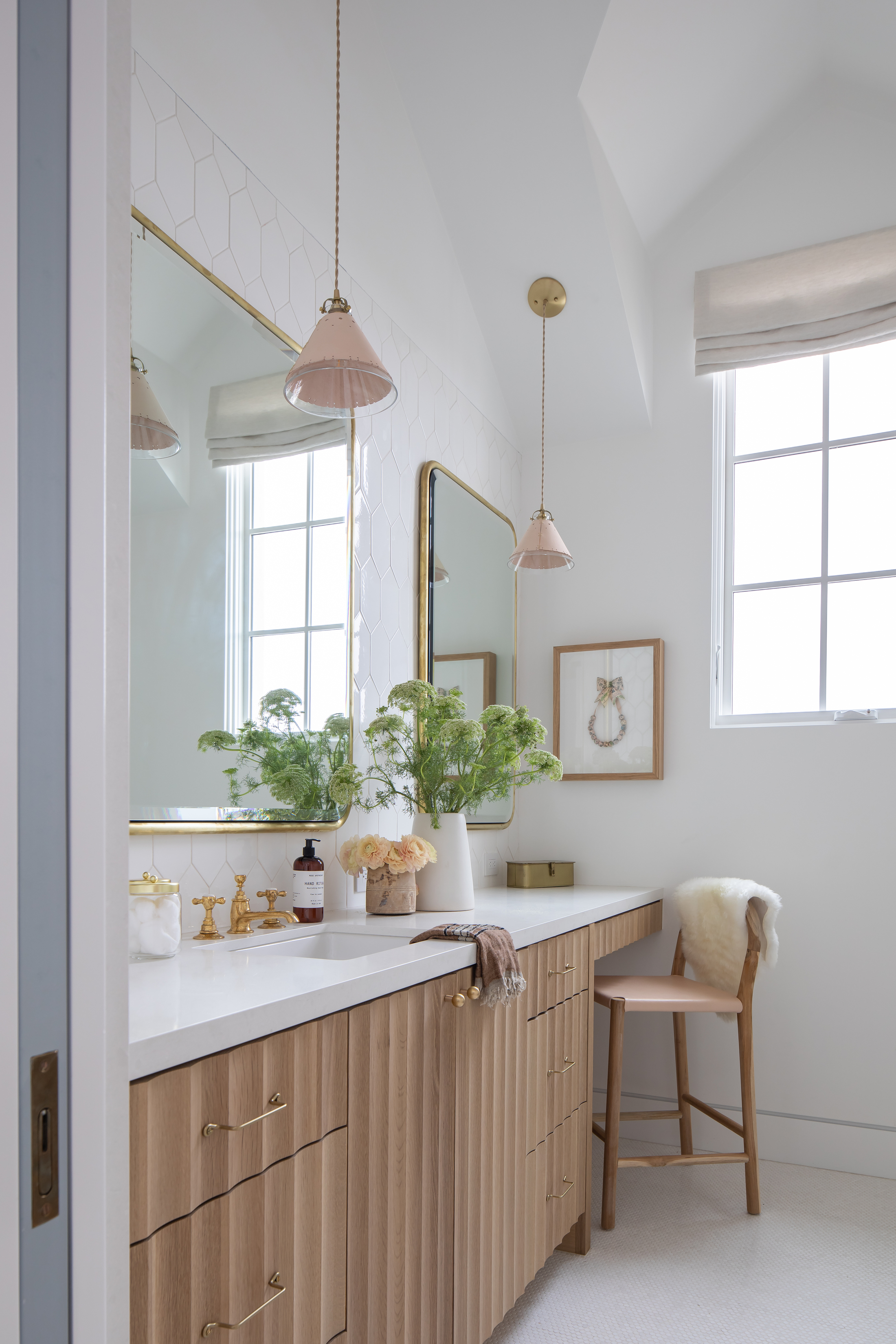
"There is something to be said about going too far in any particular style or color," says bathroom design expert and THG creative director Alexandra Singer. While following the latest bathroom trends is certainly tempting — and definitely not a bad idea! — remember that bathrooms are not a space you want to remodel regularly, so it needs to be a design you'll love for years to come.
Alexandra says that when in doubt, go easy on the design and accessorize instead. "Accessorizing is fairly cheap and can be easily replaced when the color or the look is not to your taste anymore."
Damla Turgut, founder and creative Director of Otto Tiles, adds that opting for timeless bathroom colors is always a good idea. "Think neutrals, classic palettes, and features that allow you to change accessories to refresh your look later."
It's an all too common bathroom mistake to jump on the latest trends in this room, and create a space that feels completely different to the rest of your home. "Ultimately look at the house you are in and its architecture and try to remain in harmony — it tends to be the best way to ensure longevity,’ says Alexandra.
11. Not Investing Wisely
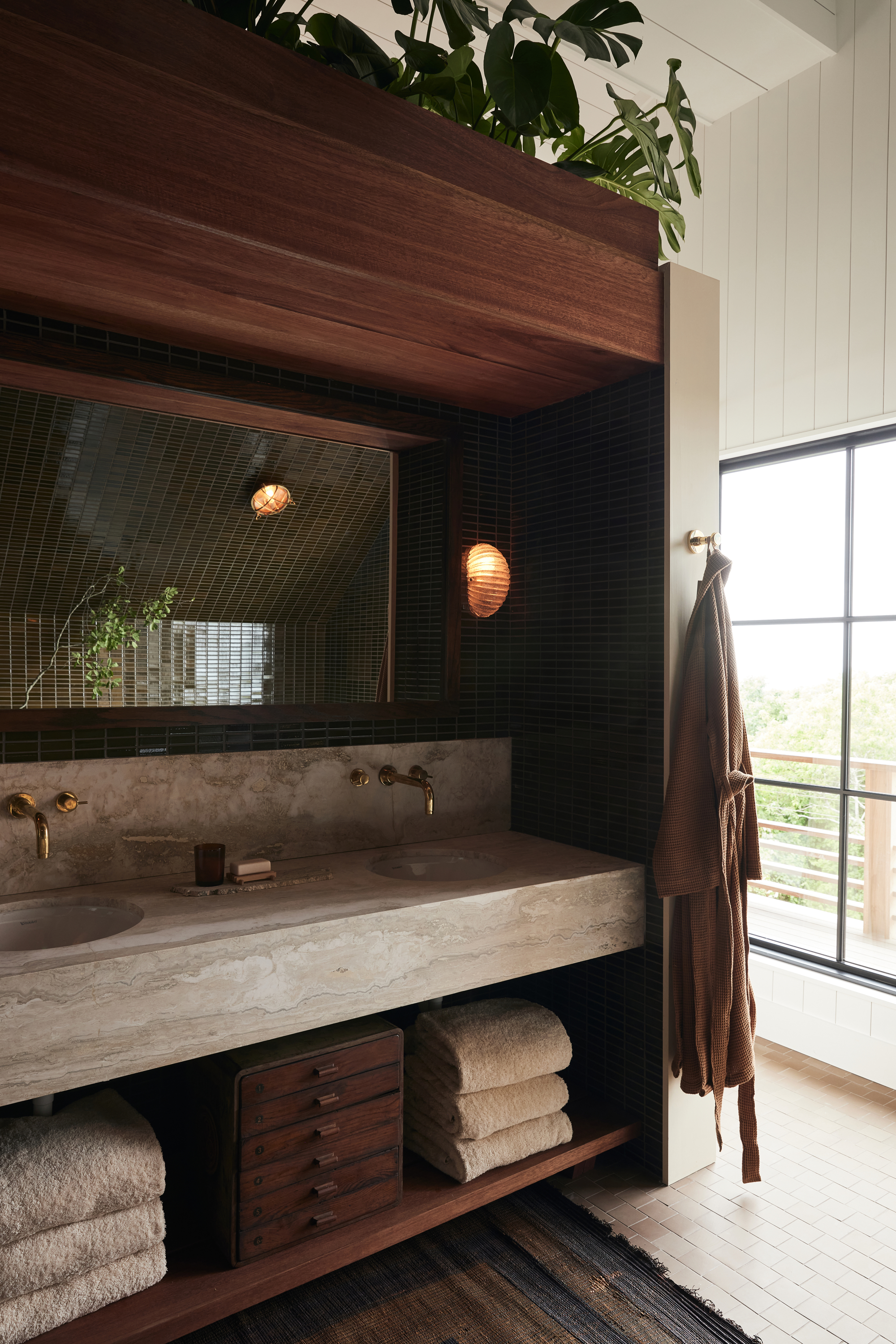
There are so key design elements that help to make a bathroom look more considered. "Always spend the money on brassware and your bathroom vanity," says Alexandra. "They are two things that will get damaged through regular use in the long run, so that's where the money should go. Baths, basins, and WCs will mostly be made of steel or porcelain, and will rarely show the effects of time."
If you've got a limited budget, think about where it could be best spent, and what will make the most impact to the space. "If you're on a tight budget, you could tile a small area and paint the rest," says Damla.
Once again, planning is key. "Make a Pinterest mood board of the type of bathroom you are hoping to achieve and get all the items you'll need written on a spreadsheet," says Damla, adding that you should include details like slip ratings, prices, and special features, to make sure you're making practical decisions rather than purely aesthetic ones.
Bathroom mistakes are scary, and they should be! They're costly to fix, and considering it's a space you use numerous times every day, they're not something you'll be able to ignore.
Don't believe us? Take a read of our own executive editor Pip Rich's story on how he got his bathroom remodel wrong, and lives to regret it.

Former content editor at Livingetc.com, Oonagh is an expert at spotting the interior trends that are making waves in the design world. She has written a mix of everything from home tours to news, long-form features to design idea pieces, as well as having frequently been featured in the monthly print magazine. She is the go-to for design advice in the home. Previously, she worked on a London property title, producing long-read interiors features, style pages and conducting interviews with a range of famous faces from the UK interiors scene, from Kit Kemp to Robert Kime. In doing so, she has developed a keen interest in London's historical architecture and the city's distinct tastemakers paving the way in the world of interiors.
- Raluca RacasanContributor
- Emma BreislinInteriors Editor